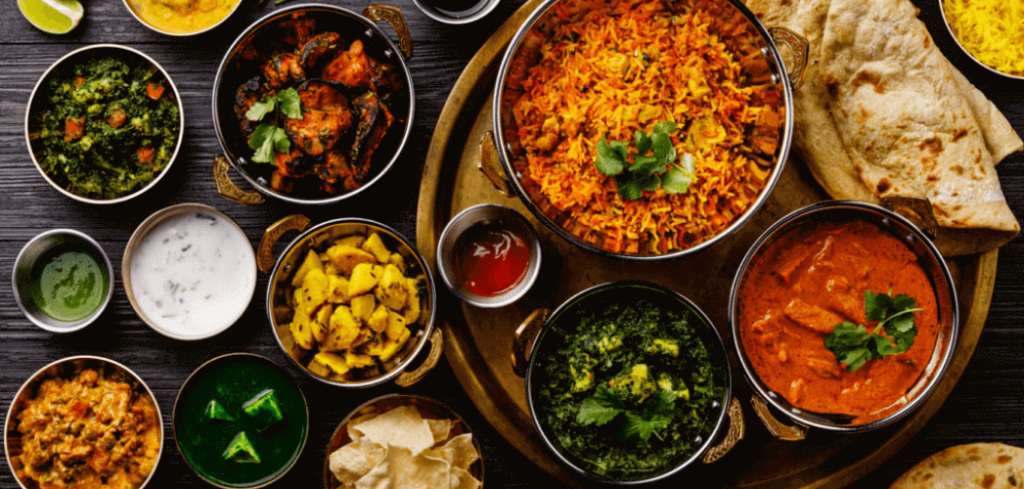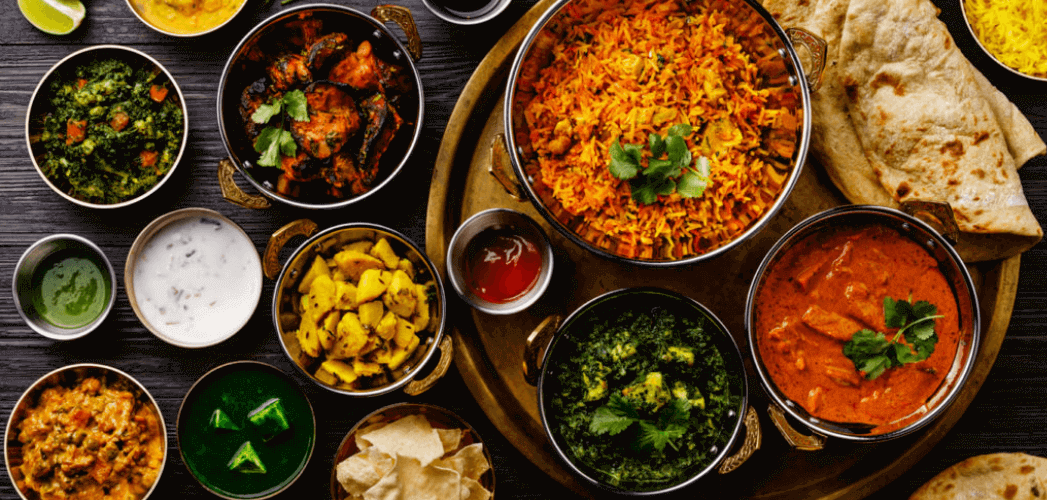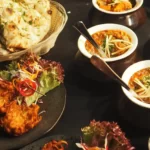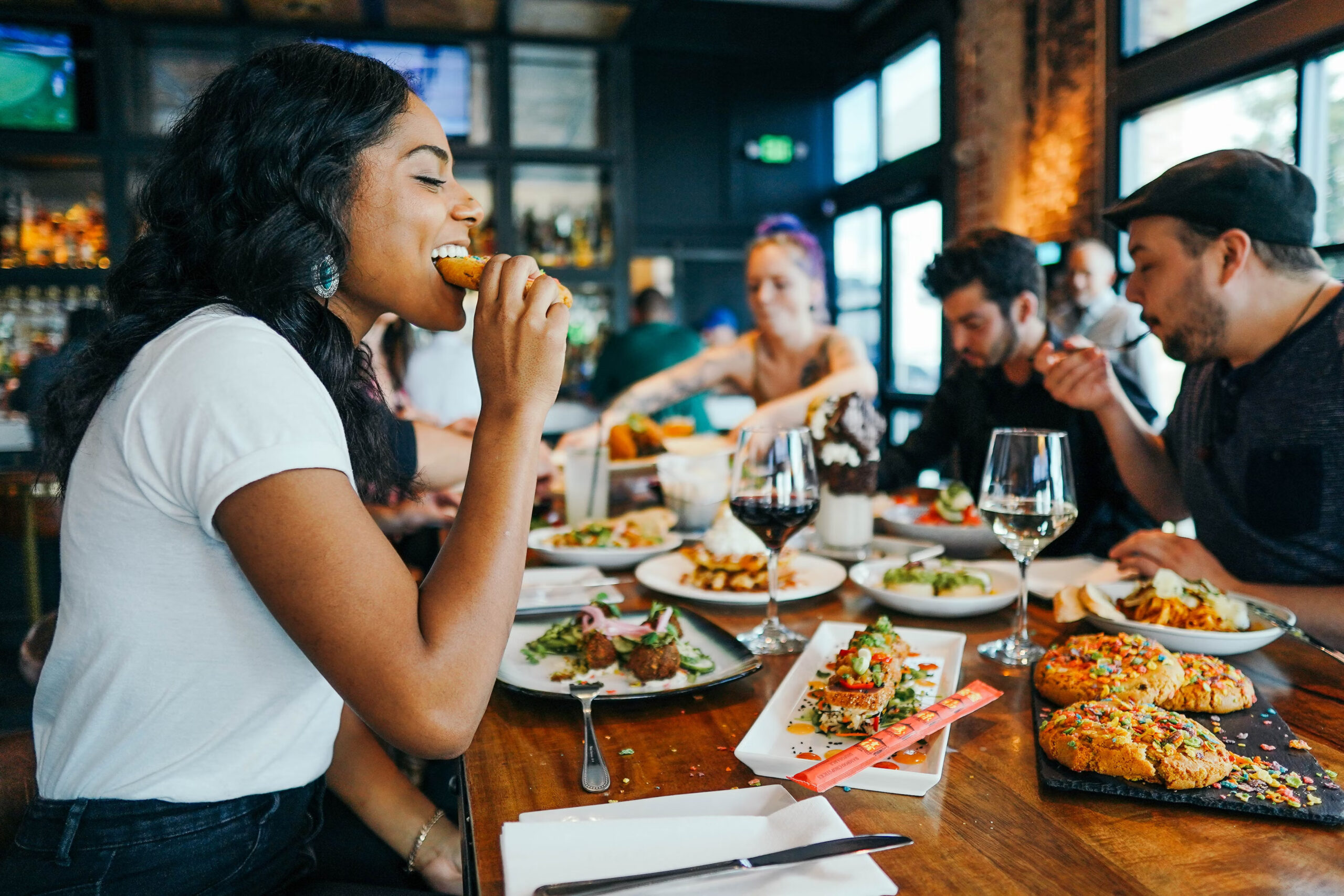Last updated on December 2nd, 2023 at 12:39 pm
In a world where adventure and exploration have become synonymous with cultural discovery, one travel trend has left an indelible mark on the global wanderlust community – culinary tourism. Gone are the days when travel was solely about sightseeing; today, it’s equally about savoring the world, one delicious bite at a time. Culinary tourism, the art of traveling for the love of food, has seen an extraordinary rise in popularity in recent years. It’s a trend that transcends traditional dining, immersing travelers in diverse cuisines, local flavors, and the rich stories that accompany every meal.
Culinary tourism is no longer confined to a niche audience of food enthusiasts; it’s a global phenomenon that has captured the imaginations of both seasoned globetrotters and budding explorers. From bustling food markets in Bangkok to quaint family-run trattorias in Tuscany, food travel has evolved into a movement that celebrates culture through cuisine. This blog will delve into the world of culinary tourism, exploring the reasons behind its meteoric ascent, its profound impact on local economies, and the delightful journeys it offers to food connoisseurs and curious travelers alike. Join us on a delectable voyage as we uncover the secrets and wonders of culinary tourism, where every meal becomes a memorable chapter in the travelogue of life.

What is Culinary Tourism?
Culinary tourism, often referred to as food tourism or gastronomic tourism, is more than just a trend; it’s a dynamic way to explore the world through the palate. At its core, culinary tourism is a form of travel that centers on food experiences, going beyond mere dining. It’s about immersing yourself in the local culinary culture, savoring traditional dishes, and discovering the stories and traditions behind each bite.
As travelers increasingly seek authenticity and meaningful encounters, culinary tourism has gained prominence. It involves partaking in food-related activities like food tours, cooking classes, and market visits, allowing you to engage with local communities and experience a destination’s culture through its cuisine. From indulging in street food delights in Bangkok to sharing a communal meal with a family in a remote village, culinary tourism offers a deeper, more sensory travel experience that transcends borders and brings people closer to the heart of a place.
The Global Trend of Food Travel
Food travel, once an obscure niche, has evolved into a global phenomenon. With the advent of social media and an increasingly adventurous spirit among travelers, exploring the world through its culinary treasures has gained widespread appeal. Statistics reveal a remarkable surge in food tourism, with more and more people seeking to satiate their wanderlust through unique gastronomic experiences.
In recent years, food travel has transcended its label as a niche interest and become a mainstream trend. The rise of global foodie culture has been fueled by the widespread sharing of food experiences on platforms like Instagram, YouTube, and food-focused travel blogs. As a result, destinations renowned for their culinary heritage have seen a surge in visitors eager to taste their way through local markets, street food stalls, and high-end restaurants. This trend isn’t just about satisfying taste buds; it’s about immersing oneself in the culture, history, and stories that each dish and ingredient carries. Food travel offers a genuine, sensory journey that transcends boundaries, connecting people to the essence of a place through the universal language of cuisine.
Destinations for Food Travel
When it comes to food travel, the world is a treasure trove of culinary wonders waiting to be explored. From the bustling streets of Bangkok, where fragrant curries and street food reign supreme, to the romantic alleyways of Florence, where traditional Tuscan dishes delight the senses, there’s no shortage of destinations for food enthusiasts.
Asia is a hotspot for culinary tourism, with countries like Japan offering intricate sushi experiences and India serving up a vibrant tapestry of flavors. In Europe, destinations like France and Spain entice travelers with their renowned wine regions, while Greece beckons with its Mediterranean delights. South America is celebrated for its diverse cuisines, from the mouthwatering meats of Argentina to the ceviche of Peru. Whether you’re a gourmand seeking Michelin-starred dining or a street food connoisseur eager to sample local favorites, these destinations offer a wealth of flavors and experiences for food travelers looking to embark on a global gastronomic journey.
Immersive Food Experiences
Culinary tourism is all about more than just eating; it’s about engaging all your senses and delving into the heart of a culture. Immersive food experiences take center stage, allowing travelers to go beyond the plate and participate in the culinary traditions of a region. Whether it’s a bustling food market in Marrakech, a pasta-making class in Tuscany, or a tea ceremony in Kyoto, these experiences offer a deeper connection to the places we visit.
These hands-on encounters allow travelers to learn about the origins and preparation of local dishes directly from the experts. They often come with heartwarming stories, cultural insights, and memorable encounters with local chefs and artisans. The joy of rolling sushi with a master in Tokyo or baking fresh bread in a traditional Moroccan oven isn’t just about the food itself but also the shared moments and knowledge that come with it.
You’ll Also Like: Tips For Hosting A Party For Foodies
The Impact of Food Tourism on Local Economies
Culinary tourism is not just a feast for the senses; it’s also a significant boon for local economies. As travelers explore the world’s culinary delights, they contribute to the economic prosperity of the destinations they visit. This symbiotic relationship between food tourism and local economies is more than a passing trend; it’s a sustainable engine of growth.
Restaurants, street food vendors, farmers, and food producers benefit from the influx of culinary tourists. The increased demand for local cuisine often leads to the growth of new eateries and food-related businesses. For many regions, this can result in job creation, supporting local communities, and preserving culinary traditions. The economic ripple effect extends to food markets, wineries, and artisanal producers, promoting entrepreneurship and helping small-scale producers thrive. As travelers savor the flavors of a destination, they are, in turn, providing a substantial boost to the local economy, ensuring that culinary traditions endure and communities flourish.
Incorporating Video Content
In the age of digital storytelling, video content has become an integral part of sharing our experiences with the world. When it comes to culinary tourism, the power of video to capture the sights, sounds, and flavors of your journey is unmatched. Whether you’re documenting your street food adventure in Mumbai or your wine-tasting escapade in Napa Valley, video adds a dynamic dimension to your travel narratives.
To make the most of your culinary travel blog, consider incorporating video content. You can edit videos online using user-friendly tools and platforms, which allow you to enhance the quality of your videos, add captivating visuals, and narrate the stories behind your culinary adventures. These videos not only engage your audience but also provide a more immersive experience, allowing your readers to savor the sights and sounds of your food travel journey. So, grab your smartphone or camera, explore the world’s culinary wonders, and bring your experiences to life through video content that captures the essence of your gastronomic explorations.
Food Travel Tips and Recommendations
As culinary tourism continues to soar, avid food travelers are not just collecting recipes; they’re crafting a flavorful flyer of global gastronomic experiences that showcase the richness of cultures through the universal language of cuisine.
Embarking on a culinary journey is an exciting adventure, but it requires some strategic planning to make the most of your food travel experience. Here are some valuable food travel tips and recommendations to ensure your gastronomic exploration is memorable and satisfying.
Research Local Cuisine: Before your trip, familiarize yourself with the local cuisine of your destination. Understand the signature dishes, ingredients, and food culture. This will help you make informed choices and fully immerse yourself in the culinary experience.
Try Street Food Safely: Street food is a highlight of food travel, but it’s essential to prioritize food safety. Look for vendors with a steady flow of customers, as high turnover often indicates freshness. Also, carry digestive aids just in case.
Explore Food Tours: Joining a food tour is an excellent way to discover hidden culinary gems and local food secrets. Knowledgeable guides can lead you to the best eateries and provide insights into the history and culture of the cuisine.
Embrace Dietary Preferences: Whether you’re a vegetarian, vegan, or have dietary restrictions, communicate your preferences to locals and restaurant staff. Many places are accommodating, and you can enjoy unique dishes that align with your diet.
The Future of Culinary Tourism
Culinary tourism, a trend that has flourished in recent years, is poised for an exciting future. As travel continues to evolve, so does our approach to food exploration. Here’s a glimpse into what the future holds for culinary tourism.
Sustainability Takes Center Stage: A growing awareness of environmental issues and ethical food sourcing will drive the culinary tourism industry towards sustainability. Travelers will seek eco-friendly dining options, support local and organic food producers, and strive to minimize their carbon footprint.
Tech-Enhanced Food Travel: Technology will play a crucial role in enhancing the food travel experience. From augmented reality food tours to AI-driven restaurant recommendations, travelers will have innovative tools at their disposal to make their culinary journeys more immersive and convenient.
Culinary Diplomacy: Food will continue to serve as a bridge between cultures, fostering understanding and peace. Culinary diplomacy will gain prominence, with initiatives that promote cross-cultural exchanges and collaborations between chefs and food enthusiasts from around the world.
Conclusion
Culinary tourism isn’t just about food; it’s a journey of the senses, a celebration of culture, and an exploration of the world’s diverse flavors. As we’ve explored in this blog, the rise of food travel is not a passing trend but a transformative movement that connects people, stimulates local economies, and fosters a deeper understanding of our global community. With the ever-expanding reach of technology and a growing commitment to sustainability, the future of culinary tourism promises even more exciting adventures and opportunities to discover the world through its culinary treasures. So, pack your bags and your appetite, and embark on a culinary journey that will not only tantalize your taste buds but also enrich your understanding of the world we share.

At Bridge House Tavern, we’re more than a team of food enthusiasts; we’re a culinary journey waiting to be savored. Our five-member crew is on a relentless quest to explore, create, and share the wonders of the gastronomic world.





